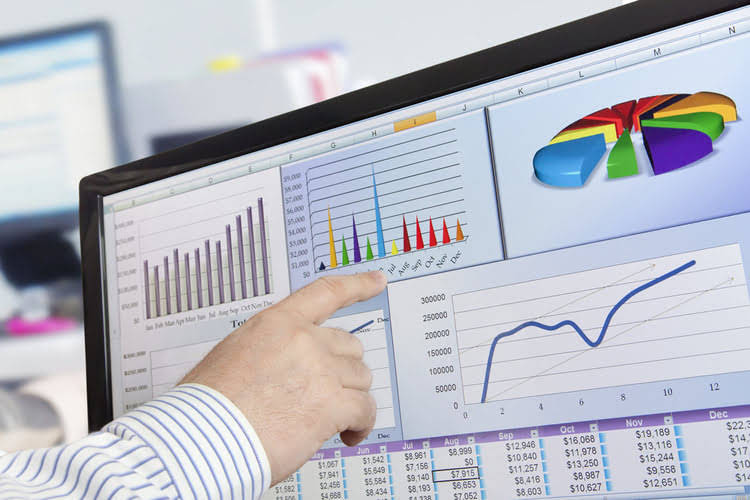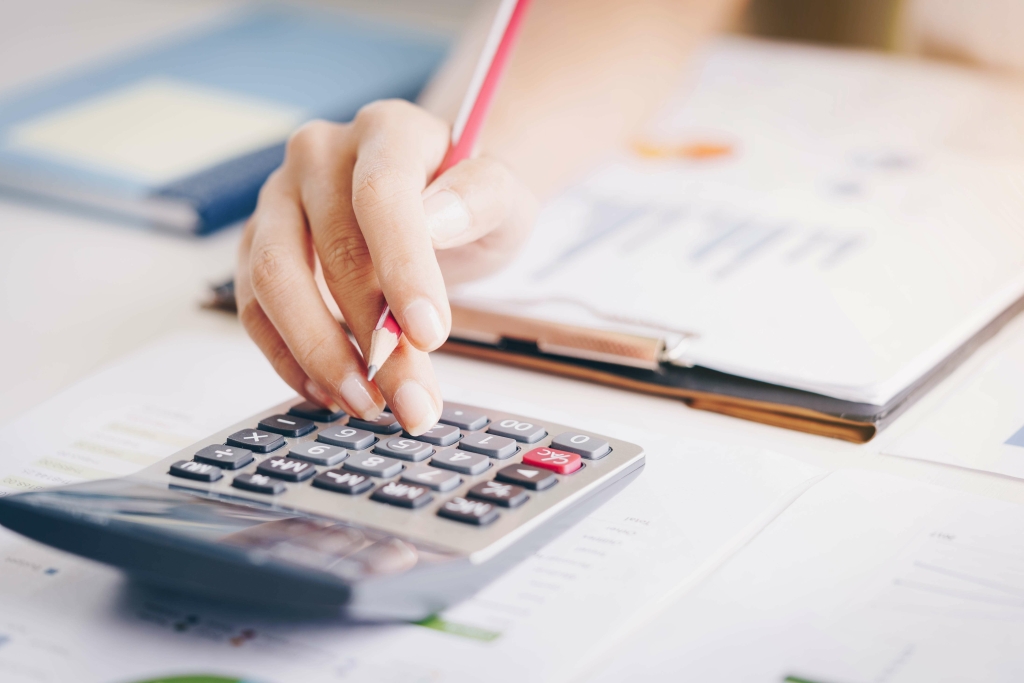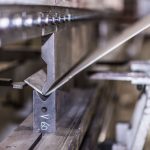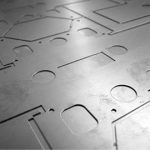
An even application of depreciation expense is not appropriate in this circumstance. Straight line depreciation is also not ideal for assets that may have multiple additions or expansions in the future– such as buildings and machinery. Deducting the cost of an asset from its salvage value gives us its depreciable amount which in this case is $5000. Dividing it by the annual depreciation expense ($1000) gives us the useful life in years. Like the first accounting year, the depreciation expense recorded in the last year also needs to be adjusted by the time factor to ensure that the asset is not depreciated above its depreciable cost or after its sale.

An Action Tip to circumvent these potential pitfalls would be to meticulously review asset performance and adjust the assumptions of useful life and salvage value as needed. Even though straight line depreciation is consistent, it’s essential to remain agile and attentive to an asset’s actual wear and tear. The annual straight line depreciation would be $1,000, calculated from the $9,000 depreciable base divided by 9 years. I hope you now have a better knowledge of how to calculate straight line depreciation, how it affects your financial statements, and some of the benefits and drawbacks of doing so. Their knowledgeable small company accountants can help you calculate depreciation, handle your monthly books, and optimize your tax benefits.
Sales & Investments Calculators
The determination of this August 1 date is explained in the example illustrating the half-year convention under Using the Applicable Convention in a Short Tax Year, earlier. Tara is allowed 5 months of depreciation for the short tax year that consists of 10 months. The corporation first multiplies the basis ($1,000) by 40% (the declining balance rate) to get the depreciation for a full tax year of $400. The corporation then multiplies $400 by 5/12 to get the short tax year depreciation of $167. When using the straight line method, you apply a different depreciation rate each year to the adjusted basis of your property.
So you’ll want to make sure you calculate depreciation properly. GAAP (FASB) stems from the matching principle in accrual accounting. NetSuite has packaged the experience gained from tens of thousands of worldwide deployments over two decades into a set of leading practices that pave a clear path to success and are proven to deliver rapid business value. With NetSuite, you go live in a predictable timeframe — smart, stepped implementations begin with sales and span the entire customer lifecycle, so there’s continuity from sales to services to support. Sally can now record straight line depreciation for her furniture each month for the next seven years.
Straight Line Depreciation Calculation Example
This method can be used to depreciate assets where variation in usage is an important factor, such as cars based on miles driven or photocopiers on copies made. According to recent surveys, a significant number of small businesses tend straight line depreciation formula to favor the straight line method for its simplicity and predictability. This method, free of complex calculations, allows business owners to focus more time and resources on core business activities rather than accounting nuances.
If the result of dividing the number of days in the tax year by 2 is not the first day or the midpoint of a month, you treat the property as placed in service or disposed of on the nearest preceding first day or midpoint of a month. You reduce the adjusted basis ($1,000) by the depreciation claimed in the first year ($200). Depreciation for the second year under the 200% DB method is $320. For property for which you used a half-year convention, the depreciation deduction for the year of the disposition is half the depreciation determined for the full year.
What is the approximate value of your cash savings and other investments?
You would also credit a special kind of asset account called an accumulated depreciation account. These accounts have credit balance (when an asset has a credit balance, it’s like it has a ‘negative’ balance) meaning that they decrease the value of your assets as they increase. You can’t get a good grasp of the total value of your assets unless you figure out how much they’ve depreciated. This is especially important for businesses that own a lot of expensive, long-term assets that have long useful lives.
- Its simplicity to calculate and understand is its greatest advantage.
- Section 179, for example, allows you to deduct the whole cost of specific assets in a single year (up to $500,000 overall).
- As explained earlier under Which Depreciation System (GDS or ADS) Applies, you can elect to use ADS even though your property may come under GDS.
- Accountingo.org aims to provide the best accounting and finance education for students, professionals, teachers, and business owners.
- You use the calendar year and place nonresidential real property in service in August.
- It’s an essential tool for businesses that favor ease of use and consistency in their accounting practices.
- For example, suppose an asset having a depreciable cost of $5000 and a useful life of 5 years is purchased in the middle of an accounting year.

